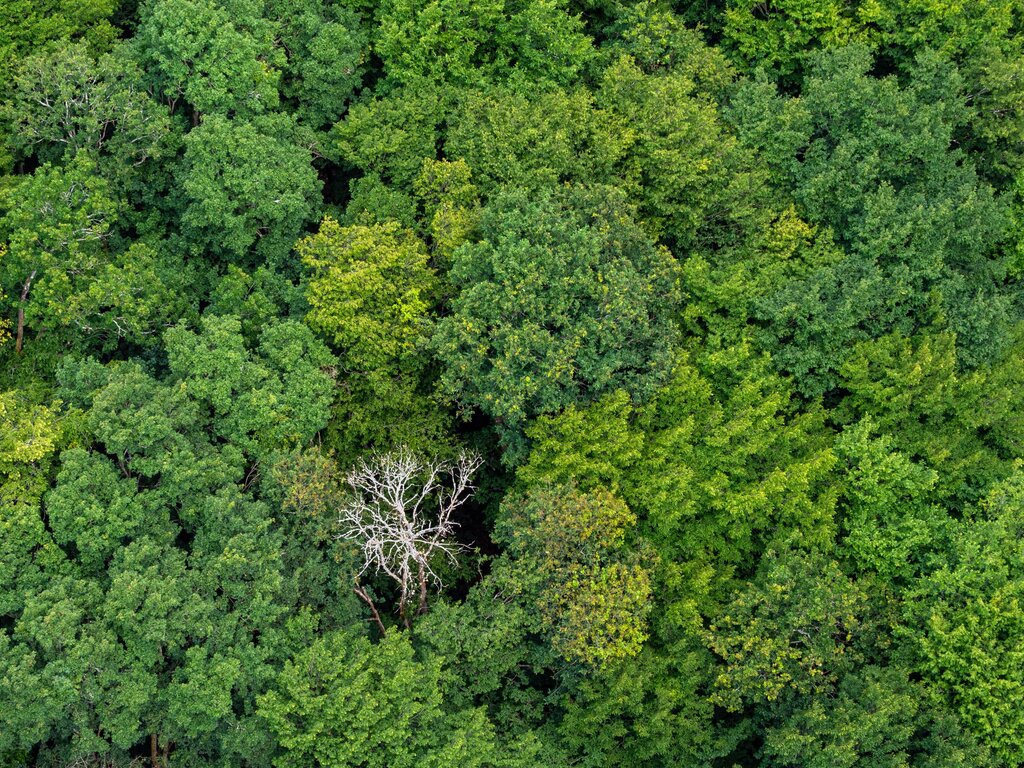The United Nations has plans to launch a USD$1 trillion, 10-year ecosystem restoration programme across the world. Several barriers and respective solutions have been suggested to initiate and expand the global effort on natural habitat restoration. What are the anticipated obstacles that may hinder the restoration efforts and actions to overcome these challenges? How does it link to the Sustainable Development Goals (SDGs)?
—
This 10-year environmental programme, known as the United Nations Decade on Ecological Restoration 2021-2030, aims to restore damaged ecosystems following the COVID-19 pandemic. The UN Decade programme also supports the implementation of 17 Sustainable Development Goals (SDGs), and other conventions and targets related to climate change, desertification, biodiversity as well as other landscape restoration projects. The programme has categorised nine vital earth’s ecosystems for restoration, they are: farmlands, forests, freshwaters, grasslands, shrub lands and savannahs, mountains, oceans and coasts, peatlands and urban areas.
The UN Decade proposal was supported by over 70 countries, which has committed to restoring over 1 billion hectares of ecosystems, approximately to the geographic area of China. The UN Decade programme also supports other concurrent restoration projects such as Bonn’s challenge, which aims to recover degraded habitat of 350 million hectares by 2030. It is estimated that a USD$1 trillion investment over the 10-year programme may be needed to implement such a large-scale restoration project.
Obstacles to Ecosystem Restoration and Ways to Tackle Them
Six barriers ranging from social, economic, and ecological aspects have been identified for the restoration programme, namely public awareness, political will, legislative and policy environments, technical capacity, finance, and scientific research. Three pathways are suggested to overcome these barriers.
- Building a Global Movement
The best course of action in ensuring the decade programme is achievable is promoting a global movement. This would require setting up a digital hub for information exchange, utilising a variety of media channels, and building a task force for developing standard guidelines for ecosystem restoration. There’s also a need to prioritise ecosystem restoration opportunities both at a local and global level, incorporating ecosystem restoration into mainstream education, as well as encouraging investments.
- Enhancing Political Support
Given that political support plays an important role in the restoration programme, especially when it comes to financing, actions that need to be taken include reforming policy to support the restoration programme, promoting interactions between governments, non-governmental organisations, or other sectors to develop innovative ideas on facilitating the restoration, as well as identifying national ecosystem restoration opportunities by the head of states, planning, development and financial officials and business sectors.
- Expanding Technical Capacity and Scientific Knowledge
Technical capacity and scientific knowledge are the backbone of ecosystem restoration. It is critical to develop and research methods for designing, implementing, monitoring, and sustaining restoration initiatives such as producing technical content and conducting scientific research that could aid the recovery of ecosystems.
You might also like: New Study Finds That Current Emissions Will Cause Biodiversity Collapse
How Does It Relate to the 17 SDGs?
The UN decade programme will likely support all 17 sustainable development goals under the 2030 Agenda for Sustainable Development. Restoring global ecosystems can not only help improve the quality of natural habitats and enhance adaptivity to climate change, for instance, how wetlands act as a natural barrier against typhoon damages, but also creates green employment opportunities. It may also improve health and living conditions for both rural and urban areas by supplying clean water and sustainable food. The restoration programme fosters global collaborations, innovations of climate-resilient technologies and infrastructures, as well as better managing natural resources and ecosystem services.
A large-scale ecosystem restoration such as this is undoubtedly a herculean task from a political, financial, societal perspective. Multiple barriers ranging from social, economic, and ecological have been identified. Different courses of action will need to be taken to implement a restoration programme at a global scale but it has significant potential in promoting a healthy and green recovery especially the support of over 70 countries in the wake of the COVID-19 pandemic.
Featured image by: Volker Sander


















